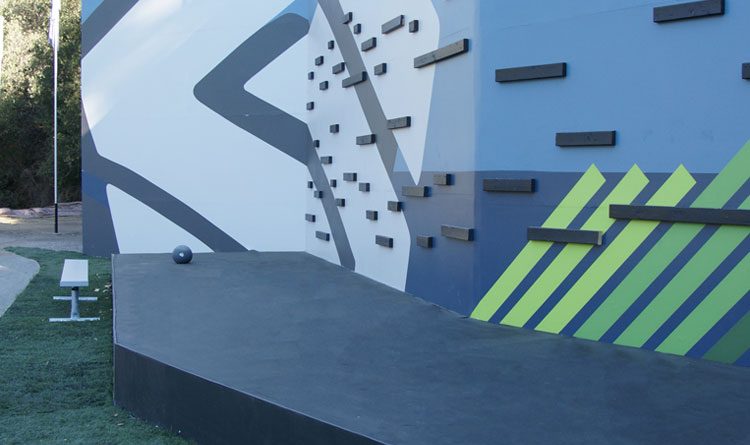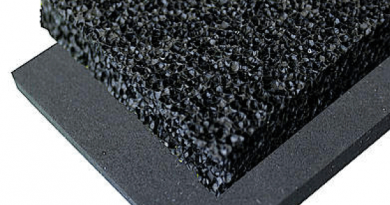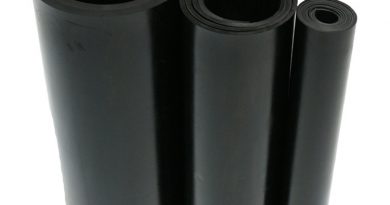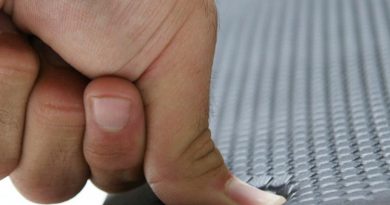Top 2 Rubber Variations for Outdoor Flooring
The outdoors can be full of damaging forces that may deteriorate your outdoor flooring or deck. Expensive flooring options such a wood or laminate are susceptible to being easily damaged. Even strong and hard flooring options such as concrete can be damaged with enough exposure to these environments. Some variations of rubber perform better outdoors and are able to resist the damaging effects of changing weather patterns and direct sunlight. Additionally, outdoor floors face a high level of abrasiveness; therefore, it is important to choose the right rubber material that is able to withstand these harsh conditions. The top two rubber variations that are best suited for outdoor applications are recycled rubber and EPDM rubber. Recycled rubber is made up of mostly natural rubber materials while EPDM rubber is a synthetic variation of rubber.
- Recycled rubber
Recycled rubber, as mentioned above, is made up of crumb rubber that derives from old or unused vehicle tires. The crumb rubber is then mixed in with a liquid binder to essentially glue the pieces back together to form one larger sheet of rubber. This creates a rough surface texture that enhances rubber’s natural high coefficient of friction, or traction. Additionally, mirroring the vehicle tires they derived from, recycled rubber products are extremely durable, tough and resistant to outdoor environments and weather. Recycled rubber will resist the degrading effects of harsh UV rays of the sun, ozone, precipitation and direct sunlight.
- EPDM Rubber
EPDM rubber is a synthetic variation of rubber that performs exceptionally well outdoors. Thanks to its chemical composition, EPDM rubber will resist cracking and discoloration from exposure to UV rays and ozone and is slightly stronger than recycled rubber. Furthermore, EPDM rubber will last long periods of time without degrading. EPDM rubber is also moisture resistant. Most other flooring materials can be stained or damaged if it is exposed to excessive amounts of moisture; however, EPDM rubber is able to withstand large amounts of moisture, even continuous rainfall make it the ideal synthetic rubber for outdoor use.
These two rubber materials are designed to be extremely durable and resistant to most damaging forces such as moisture and sunlight. Depending on its application and the degree of wear and tear the floors will be receiving should determine which rubber variation to choose. If the area you plan on installing rubber flooring in an area with heavy foot traffic, you might want to go with the stronger EPDM rubber; however, if your flooring will not see as much wear and tear, recycled rubber is the best option.




